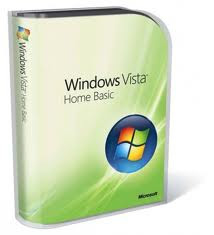
Install Windows Vista Home Basic software on your personal computer to support basic home computer usage needs such as email, Internet and organizing photos. Vista Home Basic was designed with the computer novice in mind and enables even the most inexperienced user to navigate his computer without difficulty. Vista Home Basic enables speedy browsing through files on the computer and includes security and safety tools.
Instructions
Verify that your computer meets all the system requirements for Windows Vista. The computer must have a 1 gigahertz (GHz) processor, 512 megabytes (MB) of system memory, 20 gigabyte (GB) available hard drive space on a 40 GB or larger hard drive and support for Super VGA graphics. If you are upgrading from Windows XP, you must have Service Pack 2 installed.
Back up all files and settings on your computer using a backup program. The Vista Home Basic installation disk includes "Windows Easy Transfer" and "Windows XP Backup" is built into Windows XP. This step is optional, but highly recommended.
Disable any antivirus software that is installed on the computer.
Insert the Windows Vista Home Basic edition DVD into your DVD drive. Alternately, if you have downloaded the software from the Windows Marketplace Web site, the software will open automatically.
Click "Install now" on the install screen that pops up once the DVD is read by the computer. Follow the onscreen prompts and read information provided during software installation.
Enter the 25 character product key. The key is located on a sticker inside the installation disk holder or on the back or bottom of your computer. You must also read and accept the license terms.
Click "Upgrade" when the setup box appears on the computer screen. If you are not upgrading, click "Custom." Continue to follow the instructions and prompts on the screen until installation is complete. You will be provided information about what is new in Windows Vista and tips on how to use the software.
Read more: http://goo.gl/R8EV7


